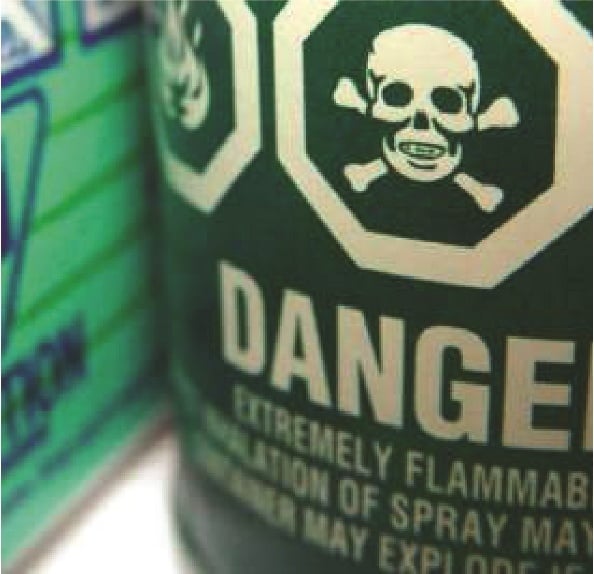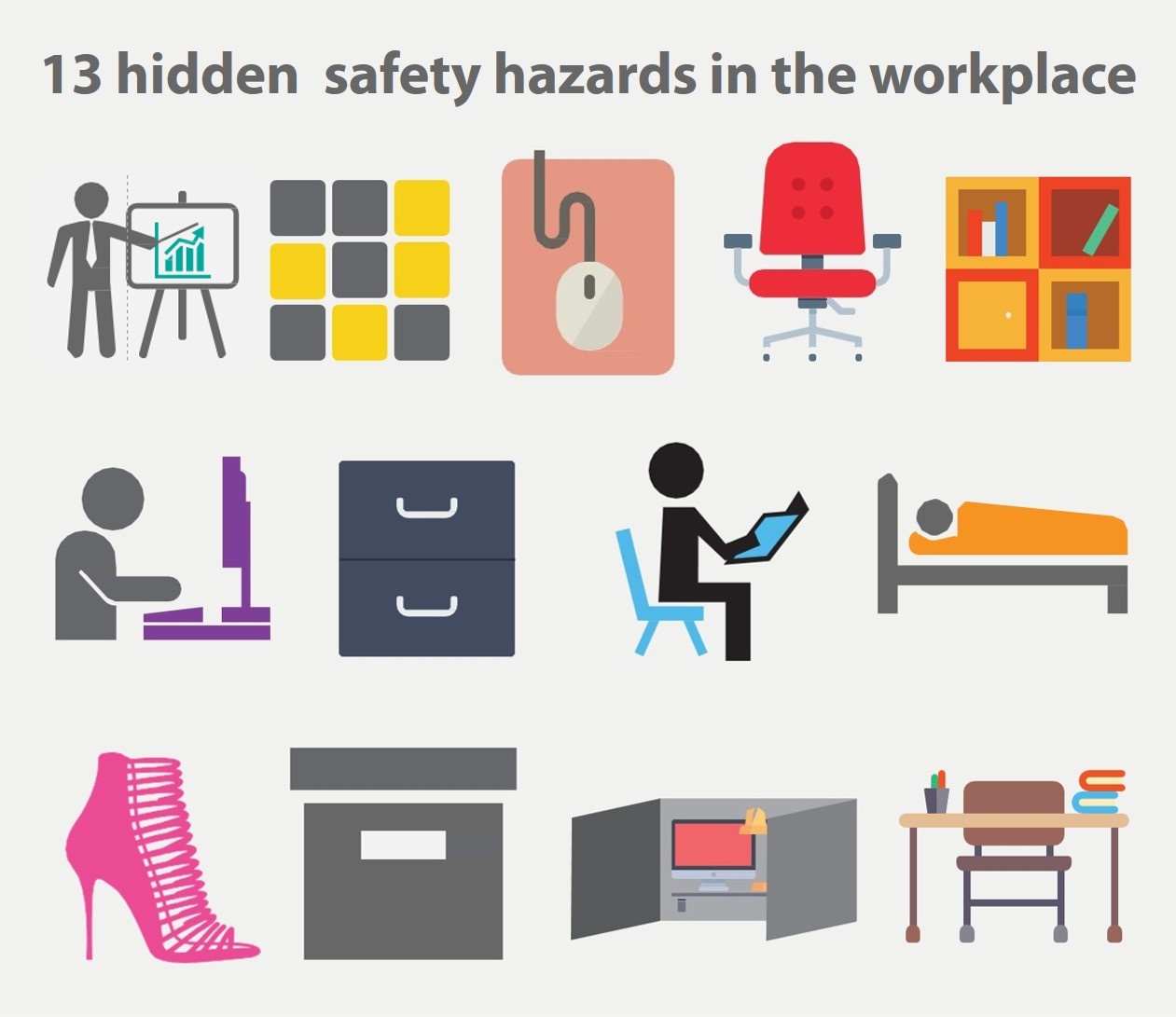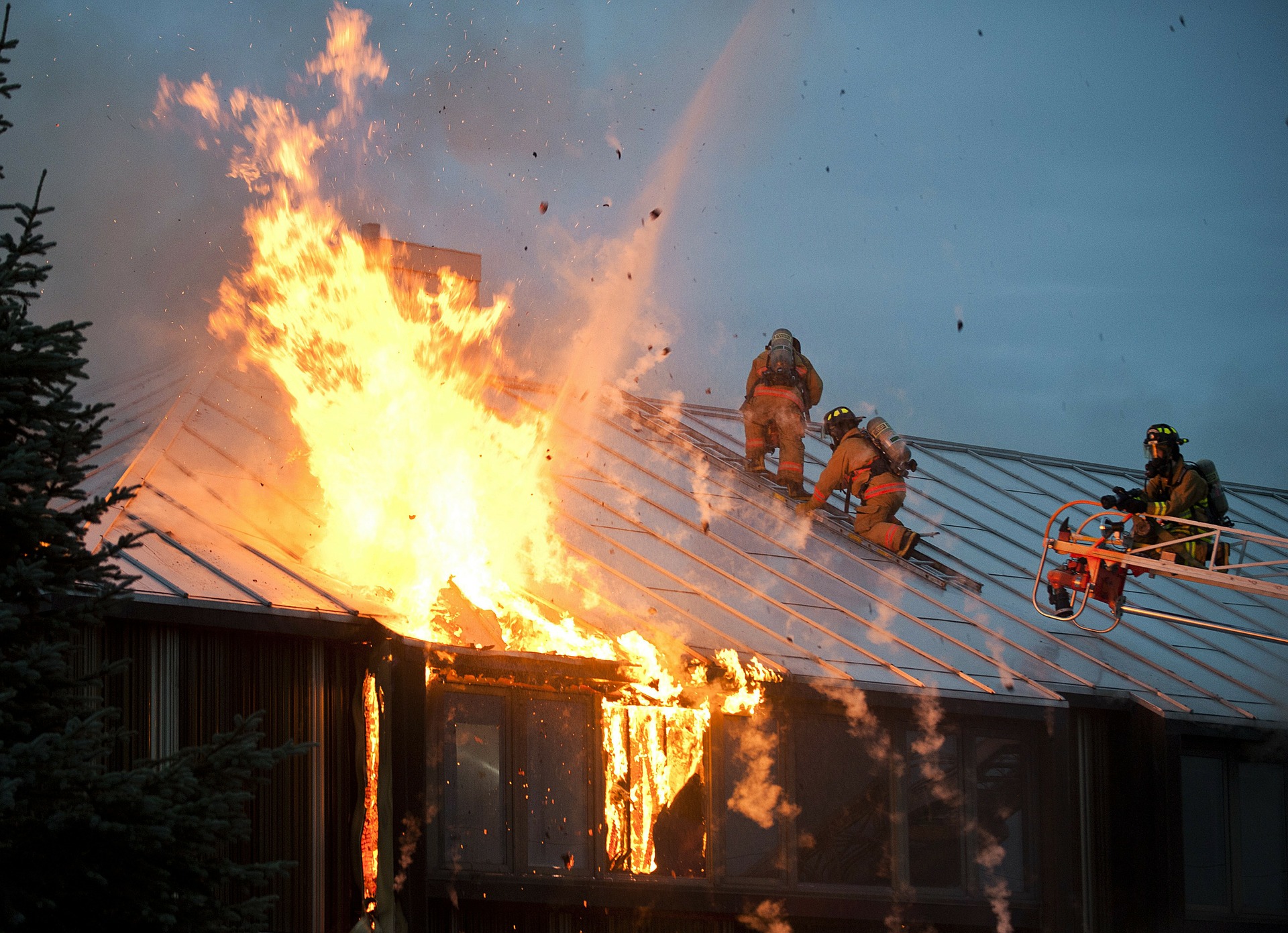Staying healthy and safe at work is important. But sometimes, we are so preoccupied with each area’s specific safety concerns that we forget safety begins simply, and becomes more detailed as you become more focused. You need to build a solid safety foundation from which you can build your whole health and safety programme. In this way, it is much easier to assess on a regular basis whether you are still compliant with SHE legislation.
No matter your job role, follow these 10 golden rules and reduce your risks of injury and illness at work.
Rule #1: Understand the risks
Once you know the particular hazards of your job or workplace, you can take proactive steps to reduce your risk of work-related injury or illness. Essentially, being informed about all possible risks makes you more informed about the precautions you’ll need to take.














